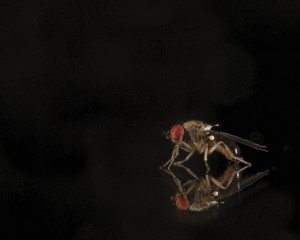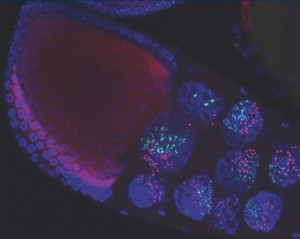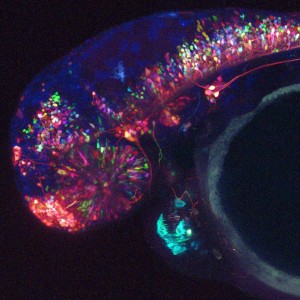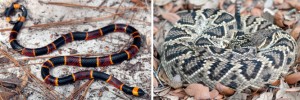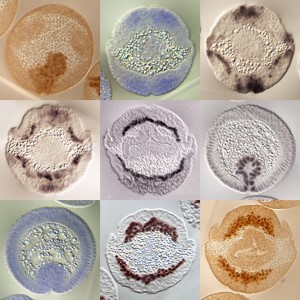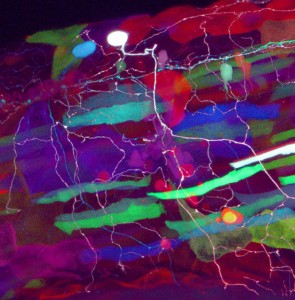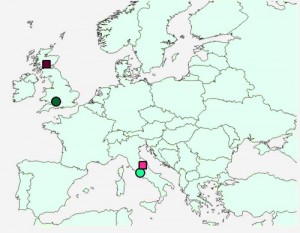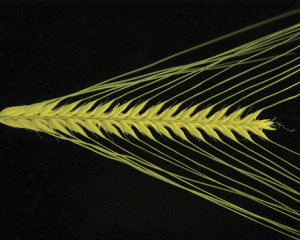Enter your address to receive notifications about new posts to your email.
Science & Publishing
-
Science & Publishing
Mutant Screen Report: touchy worms
Do you have results from a mutant screen to publish? G3’s Mutant Screen Reports allow you to publish succinct descriptions of useful genetic screens in a convenient format. The Reports fulfill one of G3’s goals: to make data from screens available to the community in a timely fashion. If you gently touch the front half…
-
Science & Publishing
A glaring paradox clarified
Last week, GENETICS published an editorial by Editor-in-Chief Mark Johnston about the influence of the Journal Impact Factor on science and discussed an alternative metric that emphasizes the research experience of the journal’s editors. The following is Mark’s response to some of the feedback he’s received: In my editorial I proposed a new metric for…
-
Science & Publishing
March GENETICS Highlights
The March issue of GENETICS is out now! Check out the highlights below of the full Table of Contents here. Locally epistatic genomic relationship matrices for genomic association and prediction, pp. 857–871 Deniz Akdemir and Jean-Luc Jannink In breeding studies a distinction is made between the genetic value (additive + epistatic genetic effects) and…
-
Science & Publishing
New in G3: Fruit fly CatWalk, well fed Drosophila, and house fly sex determination
Just in time for the 2015 GSA Drosophila Research Conference, the new issue of G3 features FlyCatWalk for sorting live Drosophila based on morphometric traits, a Drosophila genome-wide association study for nutritional indices, and autosomal versus y-linked male determination in house flies. Check out the Table of Contents below! Investigations The FlyCatwalk: A High-Throughput…
-
Science & Publishing
Chasing Brainbows
Whether your computer screen displays a spreadsheet, a movie, or a LOLcat, you’re seeing pinpoints of light in only three colors: red, green, and blue. But by varying the relative intensity of these three components, a pixel can transform into any one of a spectrum of millions of colors. The same principle lies behind the…
-
Science & Publishing
Vexed: why doesn’t eastern coral snake venom vary?
When an eastern diamondback rattlesnake bites its prey, it injects a cocktail of toxic proteins and peptides that attack on multiple fronts. These toxins destroy blood vessels, block the blood clotting cascade, cause necrosis, and inflict crippling pain. But the precise recipe for this noxious mix is generally thought to depend on where the snake…
-
Science & Publishing
New in G3: Malaria, scoliosis, and a Mexican tetra map
The new issue of G3 features Asian malarial mosquito control, familial idiopathic scoliosis, and a high-res genetic map for the Mexican tetra. Check out the Table of Contents below! Investigations Maternal Germline-Specific Genes in the Asian Malaria Mosquito Anopheles stephensi: Characterization and Application for Disease Control James K. Biedler, Yumin Qi, David Pledger, Anthony A.…
-
Science & Publishing
February GENETICS Highlights
The February issue of GENETICS is out now! Check out the highlights below of the full Table of Contents here. A neuroprotective function of NSF1 sustains autophagy and lysosomal trafficking in Drosophila, pp. 511–522 Daniel T. Babcock, Wei Shen, and Barry Ganetzky The accumulation of toxic or misfolded proteins is a feature shared by several neurodegenerative…
-
Science & Publishing
Mapping granny: ancestry inference for admixed individuals
Like all biological populations, human groups can’t be neatly divided. Real populations are connected to each other, and their borders are blurred by migration and mixing. But when inferring ancestry of an individual from genetic data, populations are typically simplified into tidy, discrete units. In the December issue of G3: Genes|Genomes|Genetics, Yang et al. describe…
-
Science & Publishing
January GENETICS Highlights
The January issue of GENETICS is out now! Check out the highlights below or the full Table of Contents here. Gene expression variation in Drosophila melanogaster due to rare transposable element insertion alleles of large effect, pp. 85–93 Julie M. Cridland, Kevin R. Thornton, and Anthony D. Long Cridland et al. report the first genome-wide analysis…
-
Science & Publishing
New G3 editors: de los Campos, Marshall, Myers, Ross-Ibarra, Slotte & Warburton
G3 welcomes new Associate Editors Gustavo de los Campos, Christian Marshall, Chad Myers, Jeff Ross-Ibarra, Tanja Slotte, and Marilyn Warburton! GUSTAVO DE LOS CAMPOS University of Alabama at Birmingham The academic interests of Gustavo de los Campos center on statistical learning methods with emphasis on applications in quantitative genetics. He completed two MS and a…




